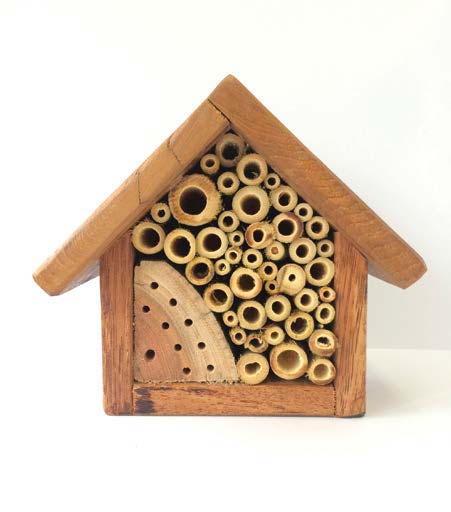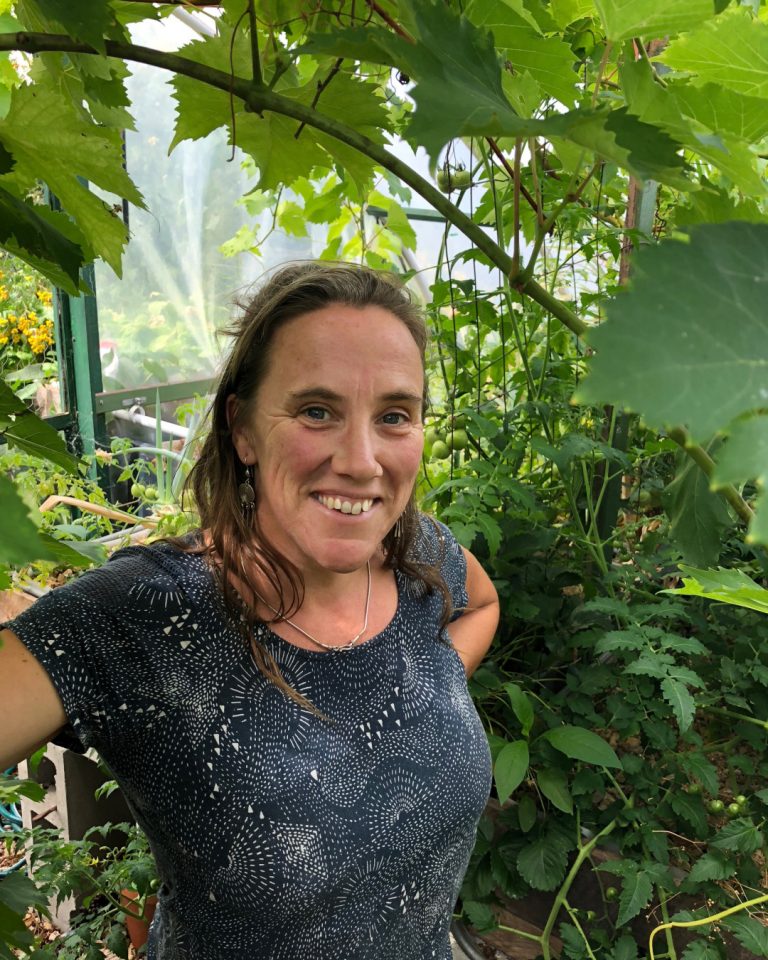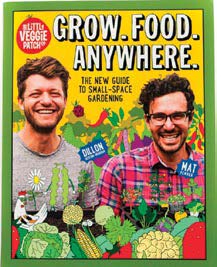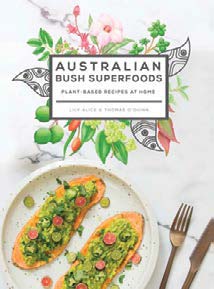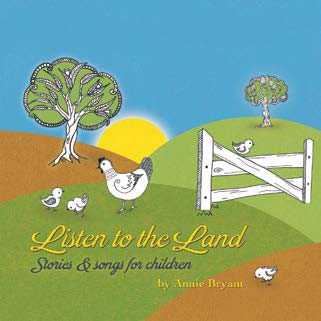Letters To The Editor

Write to us and let us know what you think of the mag and your response to any of the articles. The best letter will receive a Pip magazine art print, printed with archival inks on beautiful textured archival 300gsm rag paper.
Hello amazing team at Pip Magazine, I have recently discovered your beautiful mags. I would love to congratulate your entire team on such a wonderful magazine. I am absolutely in love with it. The articles are so interesting and relate to how my family & I live (in the rainforest in Far North Qld).


